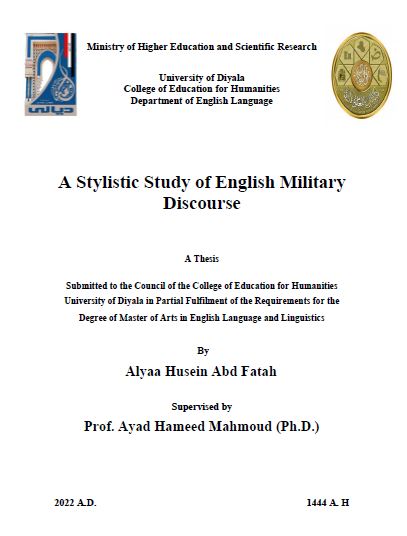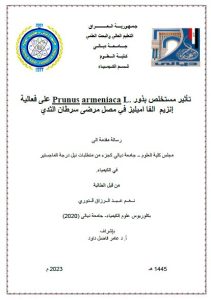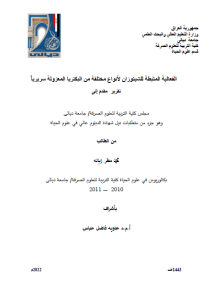
Abstract
Military discourse has a considerable impact on the lives of people all over the world, yet only a few scholars have paid considerable attention to this sort of discourse. This leads to an obvious need to investigate this genre from different perspectives including stylistics which is the main concern of this study.
The study is intended to stylistically analyze a sample of ten American military creeds. It hypothesizes that American military creeds have their own stylistic properties which make them distinct texts and that the stylistic devices employed in military creeds vary in terms of their frequencies and functions. The study also hypothesizes that, being written discourse, military creeds are graphologically based, and that the employed stylistic devices have a complementary role. They all contribute together to fulfill the creeds’ aims and convey their intended messages.
To achieve the aims of the study, answer its questions, and verify its hypotheses, two types of procedures are followed: theoretical and practical. The theoretical part consists of presenting a theoretical framework of style and stylistics including their historical background, types, approaches, models of analysis, etc. Another theoretical framework is also presented about military discourse and creeds including their historical background, terminology, features, etc. On the other hand, the practical part consists of selecting a sample of ten military creeds and analyzing them in the light of an eclectic model based on Simpson (1997, 2004), Crystal and Davy (1969), Khan and Khan (2015), Thornborrow and Wareing (1998), and Leech and Short (2007). The eclectic model consists of five levels: graphological, situational, lexical, grammatical, and figurative.
The results of the analysis show that military creeds have their own distinctive stylistic features, and they are graphologically based. The results also show that the stylistic devices characterizing military creeds have a complementary role in that they all contribute together to achieve the creeds’ aims and convey their intended messages.
The study ends up with conclusions, recommendations, and suggestions for further studies.




